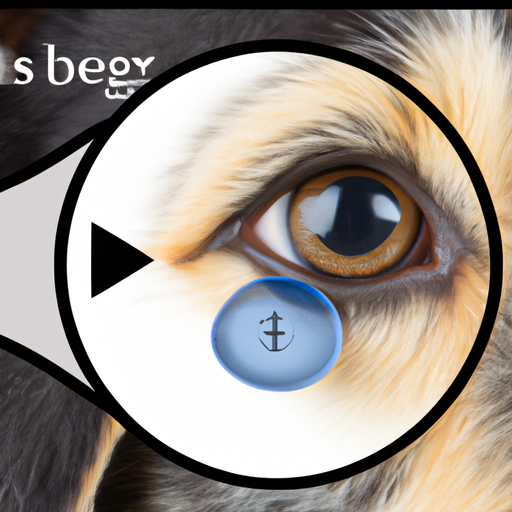Understanding the Canine Cataract
As a caring dog owner, you might be alarmed to notice a hazy or cloudy formation in your dog’s eyes. Don’t panic, your four-legged companion could be developing a cataract. A cataract is a common eye ailment in dogs, which causes the lens to become opaque, causing vision loss.
However, the good news is that cataracts can be effectively treated through surgery. Let’s explore the cost, process, and factors affecting cataract surgery for dogs.
Breakdown of the Costs
Cataract surgery for dogs isn’t inexpensive. On average, you can expect to pay anywhere from $1,500 to $3,000 per eye. This cost can vary based on several factors:
- The Veterinarian’s Experience: Experienced veterinarians may charge higher fees due to their expertise.
- Geographical Location: Costs can fluctuate depending on your location. Urban areas with higher living costs may have higher veterinary costs.
- The Dog’s Health: The overall health of your dog can affect the cost. If your dog requires additional medical attention or anesthesia, the cost can increase.
Here’s a table to give you a general idea of the costs:
| Factors | Cost |
|---|---|
| Pre-surgery Examination | $200 – $300 |
| Surgery | $1,500 – $3,000 per eye |
| Post-surgery Medication | $100 – $200 |
| Follow-up visits | $50 – $100 per visit |
Preparing Your Dog for Surgery
Before the surgery, your vet will conduct a thorough examination to determine whether your dog is a suitable candidate. This may include blood tests, an electroretinogram to test the retina’s function, and an ultrasound to see the lens’s condition.
During this period, it’s essential to be patient and supportive, providing your furry friend with all the care it needs. You might have to make some adaptations to your home for the dog’s comfort and safety, like removing obstacles and ensuring that food and water bowls are easily accessible.
The Surgery and Recovery Process
The surgery process involves removing the affected lens and replacing it with an artificial one. It’s a delicate procedure that requires a skilled and experienced vet.
Post-surgery, your dog will require plenty of rest and care. You’ll need to administer eye drops and medication, keep the protective cone on, and limit their physical activities. Regular follow-up visits will be essential to monitor the healing process.
Long-term Care and Considerations
Post-surgery, your dog might need lifelong medication to prevent inflammation. Regular vet check-ups are crucial to monitor your dog’s eye health and promptly address any issues that may arise.
It’s important to remember that while cataract surgery can significantly improve your dog’s quality of life, it doesn’t guarantee perfect vision or prevent future eye problems. Regular eye care and check-ups should always be a part of your dog’s healthcare routine.
Frequently Asked Questions
Q: How long does the surgery take?
A: The surgery typically takes 2-3 hours per eye.
Q: Will my dog feel pain during the surgery?
A: The surgery is performed under general anesthesia, so your dog won’t feel any pain during the procedure.
Q: What’s the success rate of the surgery?
A: The success rate is generally high, with 90-95% of dogs regaining useful vision.
Q: Are there any alternatives to surgery?
A: In some cases, medication can help manage the condition, but surgery is the only way to remove cataracts.
Q: Can cataract surgery be covered by pet insurance?
A: It depends on your insurance policy. Some insurers cover a portion of the cost, while others may not. Always check with your insurance provider.



